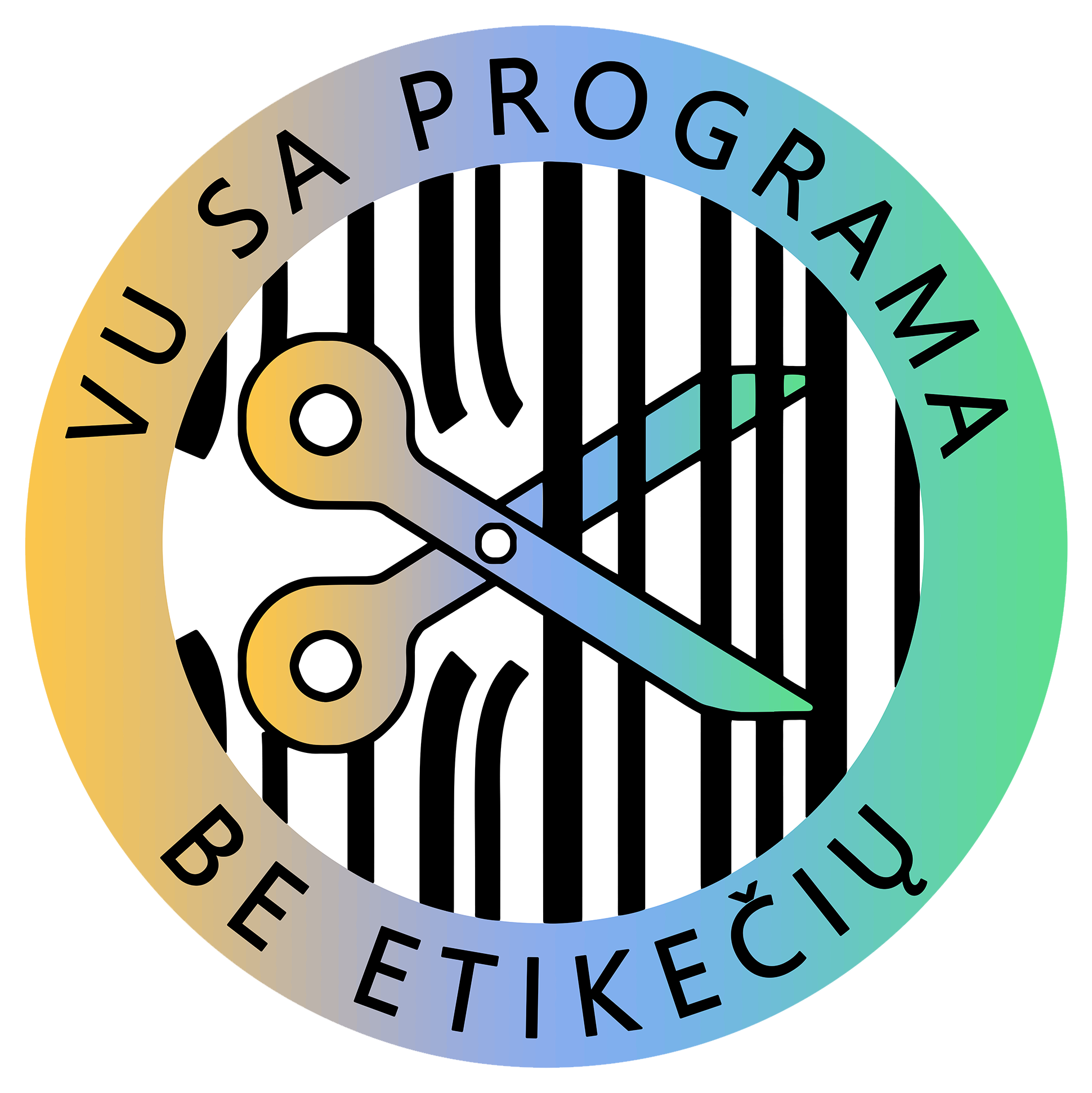On August, 18-26 1920 the 19th Amendment to the Constitution of the United States was finally ratified. This serious change guaranteed that all American women would receive the right to vote: ”The right of citizens of the United States to vote shall not be denied or abridged by the United States or by any State on account of sex.” Even though in many countries women received their right to vote approximately 100 years ago (yet in some countries women did not have this opportunity till the 1950s- the 1980s and in some places even till the beginning of the XXI century), today women from different parts of the world still face numerous issues regarding infringement of their rights. Today we want to briefly recall the history of women’s suffrage and talk about some actual problems. For a historical part, we will focus on the suffrage movement of the United States.
In the 1840s women’s suffrage movement became stronger and more organized. Some sources assume that the World Anti-Slavery Convention, which took place in London in 1840, and the fact of exclusion of women from this conference became one of the impetuses for the suffrage movement in the US. Thanks to the active efforts of some suffrage activists, in 1848 the Seneca Falls Convention, the first women’s rights conference, was organized. At that time women’s suffrage movement became a considerable and important social movement.
In 1869 Susan B. Anthony and Elizabeth Cady Stanton organized National Women Suffrage Association. Their main goal was to win rights for women on the constitutional level. In the same year, the American Woman Suffrage Association was also established. However, the goal of this organization was fighting for suffrage on a state level. The organization even succeeded in winning suffrage for women in some states. In 1890 two organizations united and received support from several social organizations fighting for women’s rights.
Till World War I women organized different protests to attract public attention. Moreover, since 1878 suffrage issue was raised almost every year in Congress. However, during WW1 the movement slowed down but the impact and help of women and the fact they were able to replace men at many workplaces helped them to prove and defend their rights after the war. Finally, on August 18, 1920, the 19th Amendment to the Constitution was ratified. Even though the main goal was reached and on an official level women got their rights, there were still a lot of problems in a real life: many Black and indigenous women did not have an opportunity to vote till the middle of the XX century.
While many American women received their right to vote at the beginning of the previous century, in some countries this change took place only in several decades. For instance, in Burundi, it happened in 1961, in Colombia – 1954, in Congo – 1963, in the Central African Republic – 1986. As we look at these dates, it will be clear that from a historical view this social change happened quite recently.
Even though people started to talk about the importance of equal rights for women more than 100 years ago and officially suffrage rights were obtained at the beginning of the XX century, we should remember that in many parts of the world women’s right are in danger. One of the most vivid examples of an infringement of women’s rights in our days is the problem of Afghan women. Nowadays not only the right to vote, but all their basic rights are under threat. Under the rule of the Taliban, women can lose opportunities to work, study, wear whatever they want, feel free, live their own lives, and achieve goals. For us, it could be even difficult to believe in it, and even more difficult to realize such horrible things are happening right now. This situation is one of the numerous arguments that a movement for all types of women’s rights is still very actual. It could be even more relevant for some concrete countries and organizations. That’s why it is important to educate yourself, other people, take an initiative, volunteer and attract the public’s attention to more vulnerable communities and places.

